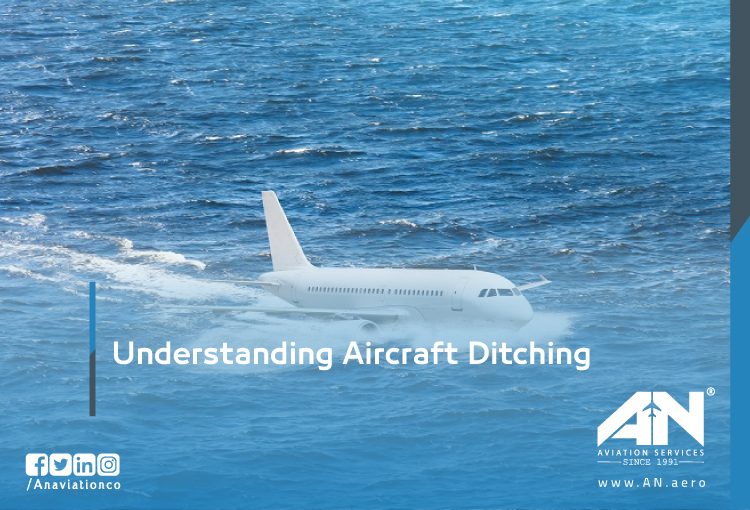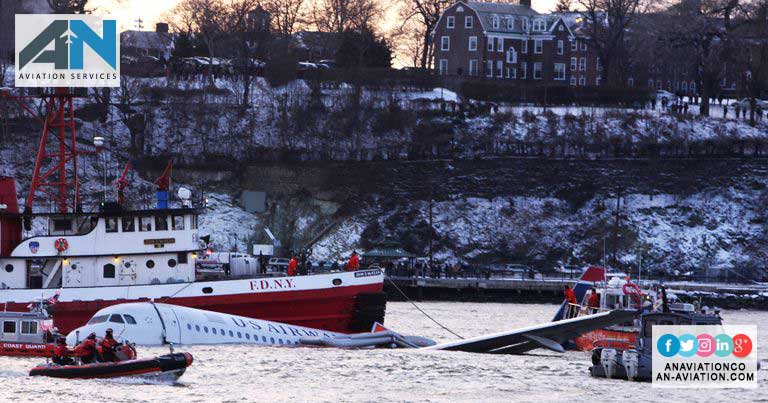Emergencies can happen at any time in aviation, and when they do, the need for quick action is critical.
Landing
Aircraft emergency landings on water, also known as water ditching, are critical maneuvers performed when landing on a runway is not possible. These situations often arise due to severe issues such as engine failure, bird strikes, or other emergencies that compromise the aircraft’s controllability.
In the intricate world of aviation, where regulations and operations intersect, landing permits play a crucial role in ensuring safe, legal, and efficient flight operations.
In the aviation world, the term emergency landing often sparks thoughts of tension and quick decision-making.
Landing an aircraft safely is one of the most critical phases of any flight. While takeoffs and cruising are crucial, landings demand precision, focus, and a clear understanding of the environment.
Whether it’s part of routine training or an unexpected emergency, executing a successful power-off landing demonstrates a pilot’s ability to manage the aircraft under challenging conditions.
For pilots, having a thorough understanding of aircraft systems is essential, especially when faced with unforeseen emergencies.
The phrase “emergency landing” might send a chill down the spine of any passenger or aviation enthusiast, conjuring images of planes descending under challenging conditions.









